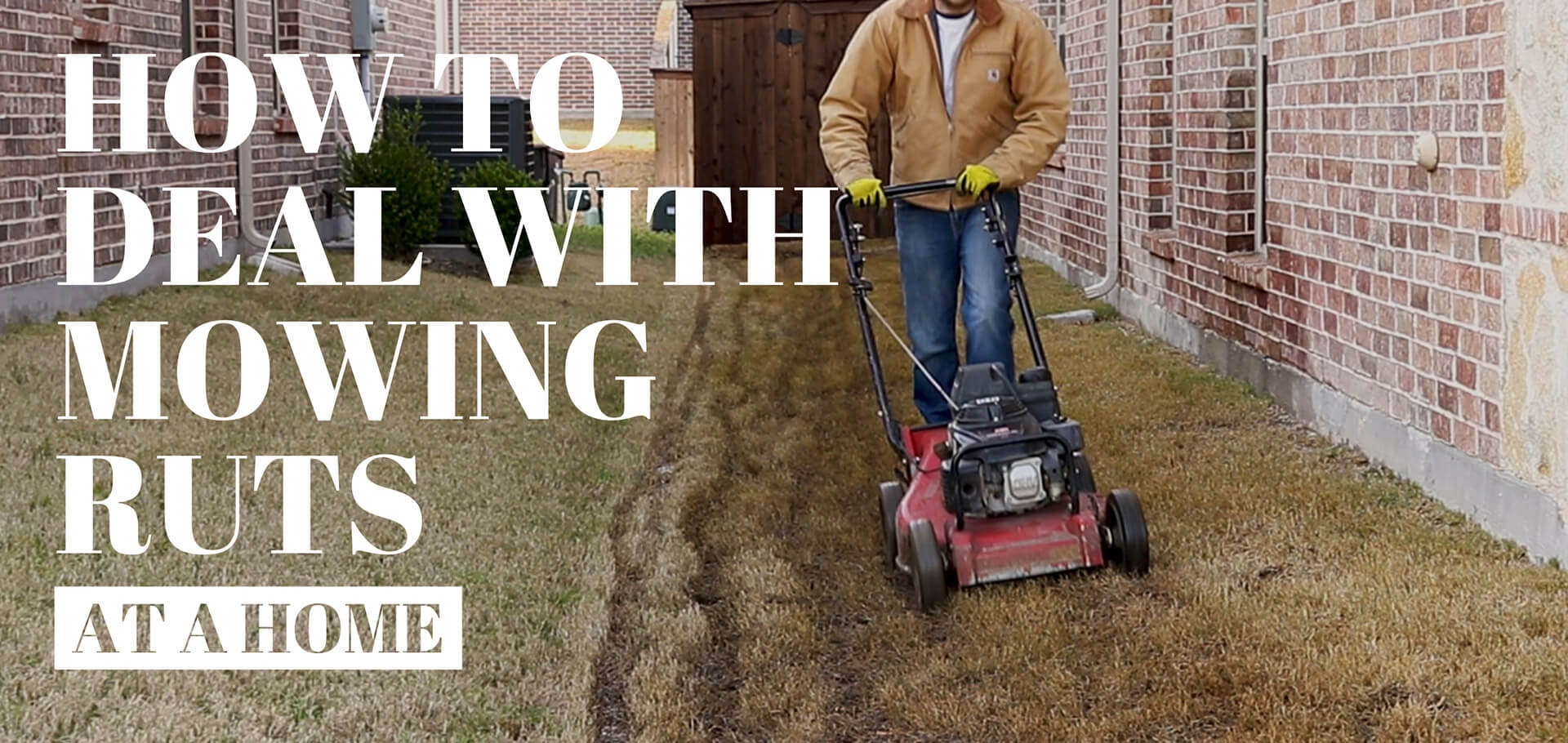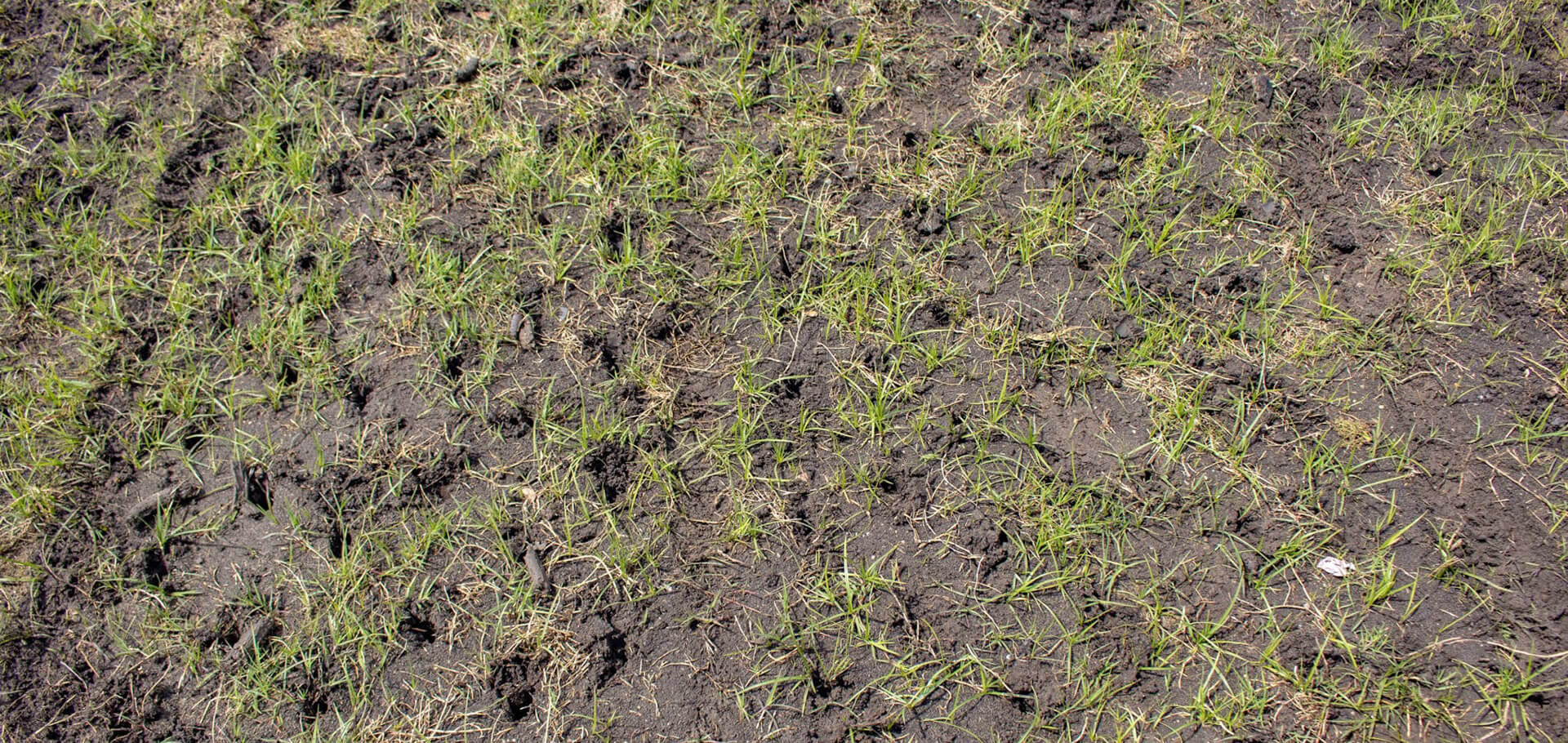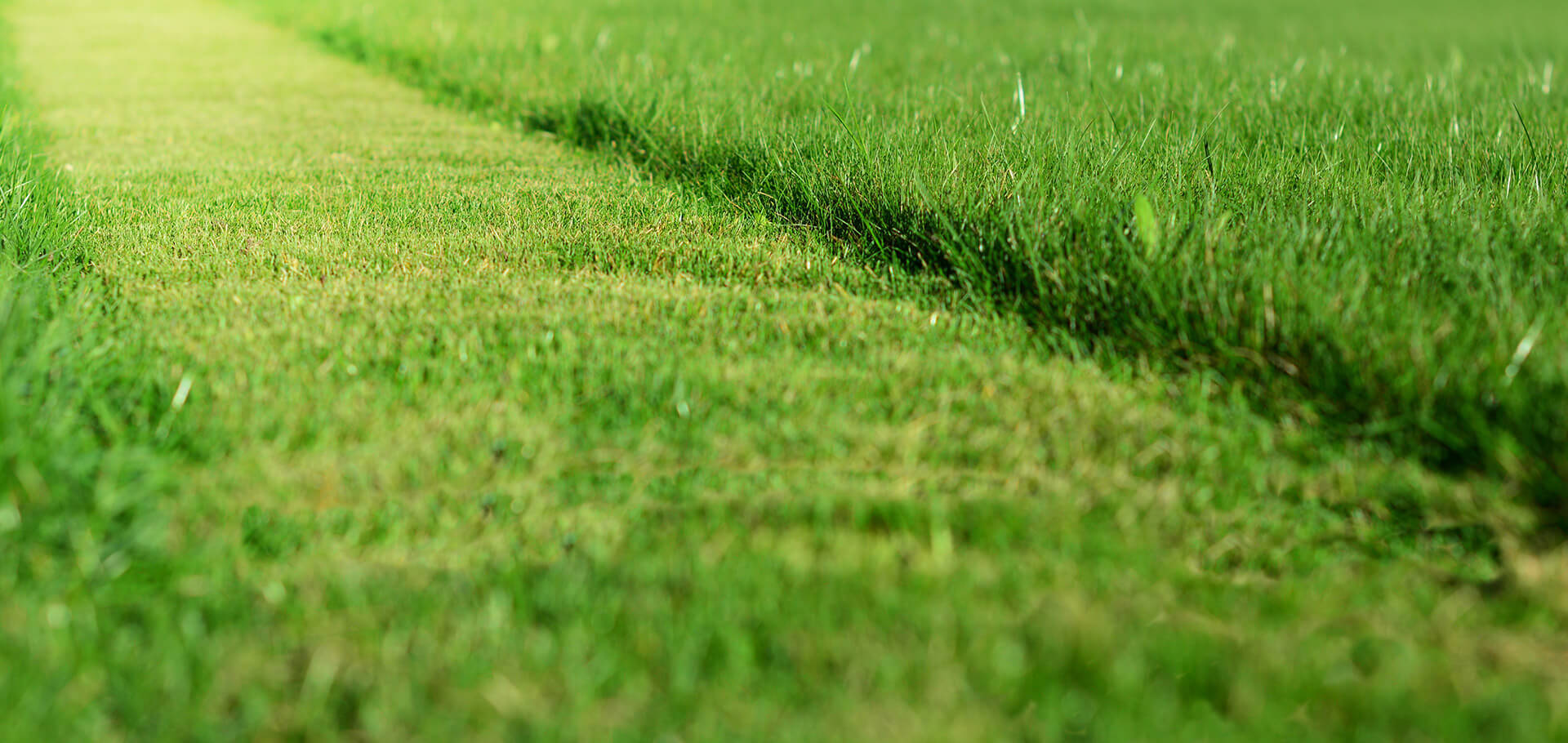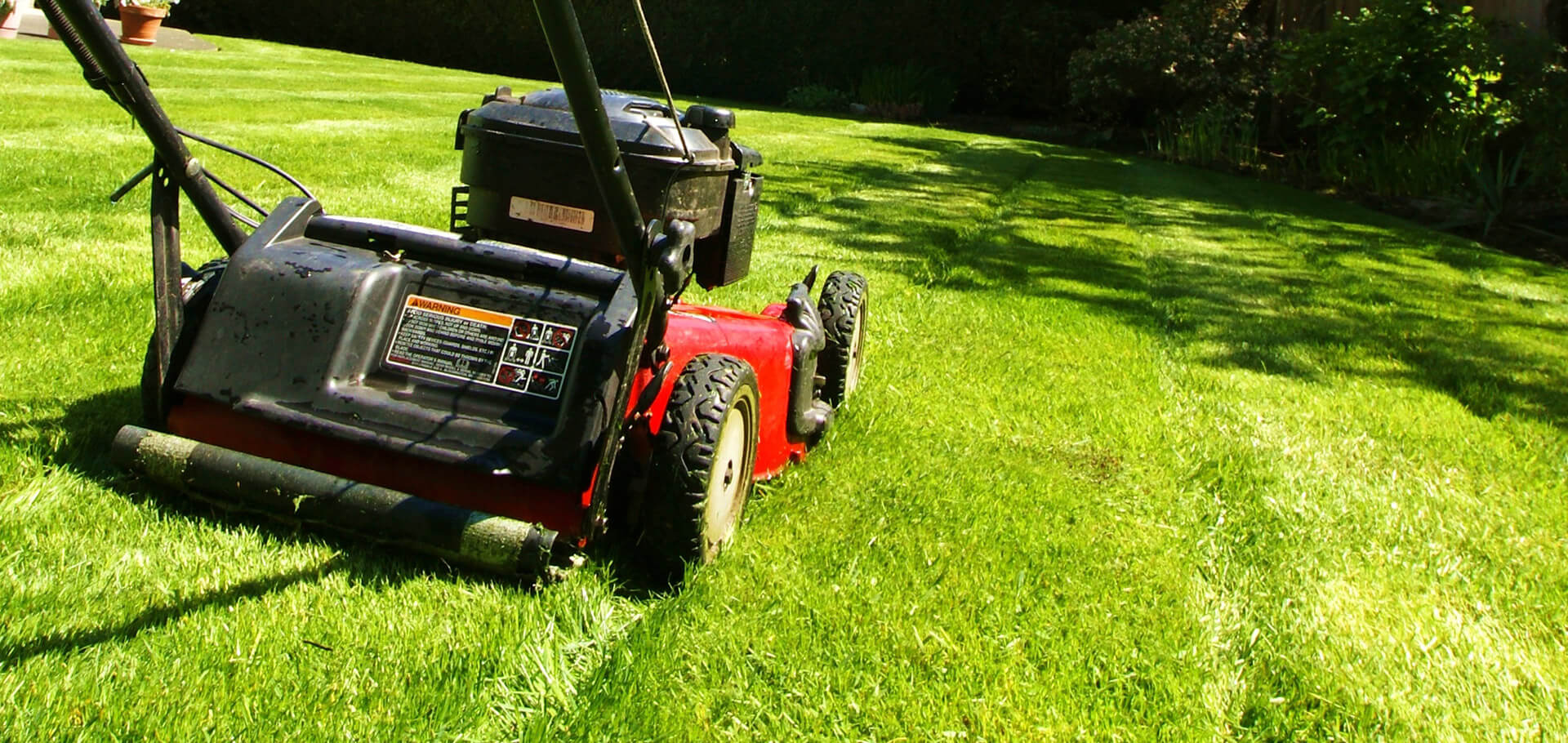It’s one thing to be living in a rut; it’s quite another to be surrounded by them.
After heavy rainfall, mowing ruts are a common nuisance to homeowners. Mowing ruts are shallow, skinny grooves in yards caused by lawn mowers operating on wet soil. You probably won’t create them after a routine watering cycle from a sprinkler system. Rather, you’ll create them when water has oversaturated the soil. When you can hear a squishy sound and the ground easily displaces when stepped on, you can assume that a lawnmower is going to create ruts.
If you mow your own lawn, you’ll probably elect to mow on a different day. If you have a lawn mowing service doing this chore, it’s possible that they are going to mow. There are two reasons for making the decision to mow. One reason is that they know ruts are a temporary nuisance for the greater good of the lawn. The second reason is that your lawn needs to be mowed and they do not have the option to delay.
Correcting Mowing Ruts
First and foremost, it’s important to note that while ruts are unsightly, they will not damage healthy lawns. If your lawn is not doing well in good conditions, then your grass (an organism) may have issues bouncing back from being forcibly displaced.
Generally speaking, the best way to correct mowing ruts is to leave them alone. But before you click away, hear us out. We know for a fact that the ground is always shifting to reach its ideal state – an even, level surface. Mowing ruts are a temporary state of unevenness in lawns. Over the course of more waterings, people/pets/objects moving on it, and naturally occurring plate tectonics, the ground will correct itself.
For an immediate fix, a stamper can be used to redistribute the misplaced soil. A stamper tool is a weighted, flat plate that has been attached to a pole. You can use this tool to manually flatten the ground. While this is an option, it is recommended to use the natural method to prevent any possible damage to the grass and its root system.
The Length Of Time
In most cases, mowing ruts will self-correct within 30 to 60 days. While this may feel like a long time to wait, your lawn will benefit from being allowed to self-correct. Keep in mind, that the whole reason mowing ruts were created was because your lawn needed to be mowed for its health and vitality. You will see a healthier and stronger yard with a little bit of patience.







